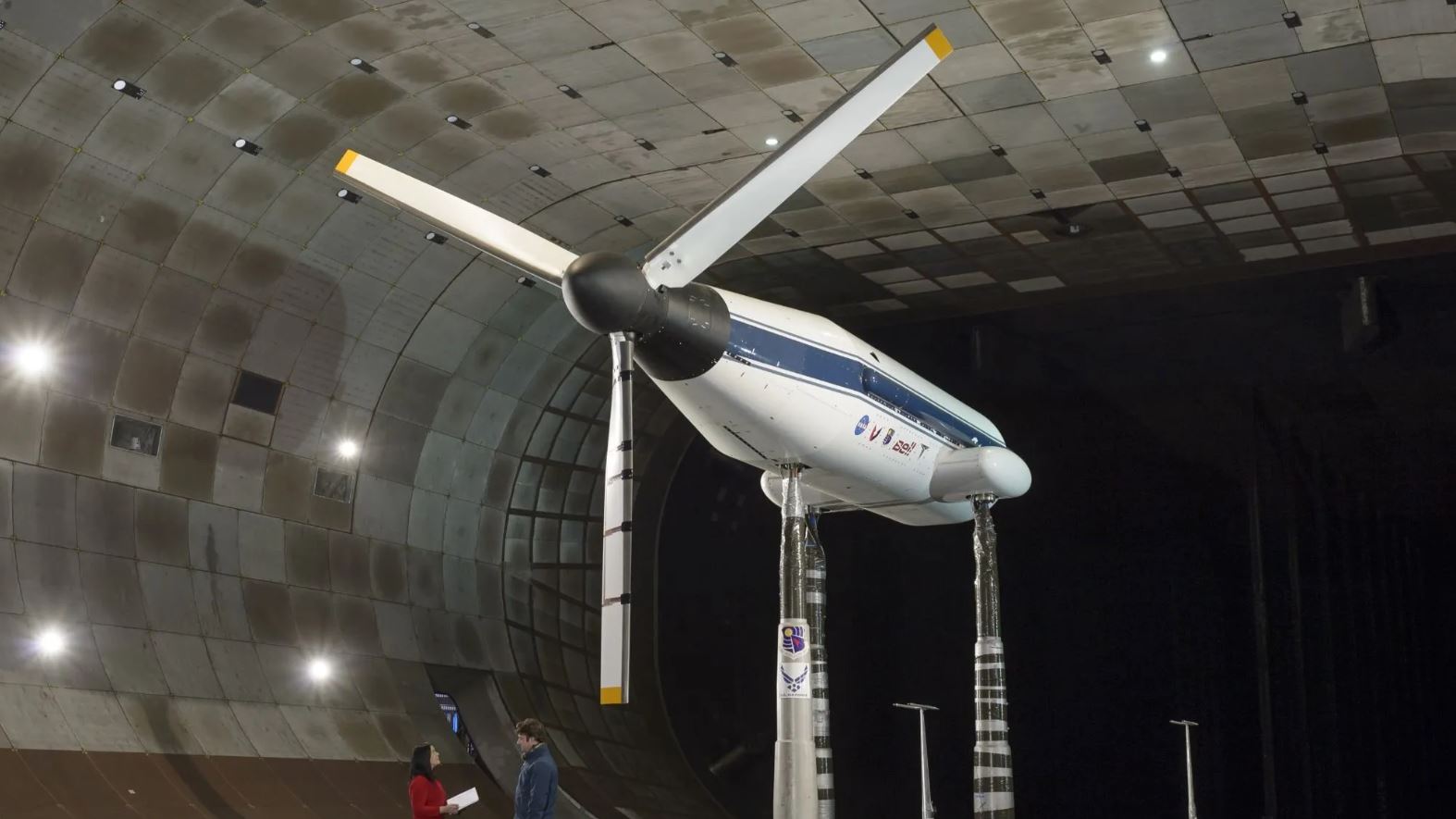 NASA is taking a hands‐on approach to advance air mobility by analysing innovative aircraft designs, including air taxis and autonomous drones. At the heart of this work is a tiltwing model that transitions its wings and rotors from vertical to horizontal—melding helicopter agility with the efficiency of a traditional airplane. By running tests in the expansive 14-by-22-Foot Subsonic Wind Tunnel at Langley during May and June, NASA has gathered essential data on how the wing interacts with multiple propellers across varied speeds and conditions.
NASA is taking a hands‐on approach to advance air mobility by analysing innovative aircraft designs, including air taxis and autonomous drones. At the heart of this work is a tiltwing model that transitions its wings and rotors from vertical to horizontal—melding helicopter agility with the efficiency of a traditional airplane. By running tests in the expansive 14-by-22-Foot Subsonic Wind Tunnel at Langley during May and June, NASA has gathered essential data on how the wing interacts with multiple propellers across varied speeds and conditions.
This effort, part of the Revolutionary Vertical Lift Technology project under NASA’s Advanced Air Vehicles Program, aims to help engineers streamline design and safety assessments. The wing model, armed with over 700 sensors, records detailed pressure distributions and force measurements at different wing tilt angles, flap positions, and rotational speeds. With the data set to be shared via NASA’s official platform, you can expect improved design tools that cut down on trial and error, making advanced air mobility safer and more efficient. As test director Norm Schaeffler explains, validating these tools across a broad range of aircraft will speed up development cycles and clarify performance expectations.








